What to see and do along the Garden Route and Little Karoo
Updated August 2024
A few hours’ drive east out of Cape Town will bring you to two different – and very distinct – regions in South Africa’s Western Cape. The Garden Route lines the coast and is 
The Garden Route
The stretch between George and Plettenberg Bay contain most of the highlights of the Garden Route. But before getting there (assuming you are coming from Cape Town) you should explore a few highlights along the way:
Swellendam, although not technically on the Garden route, is the country’s 3rd oldest town located in an incredible geographic location at the base of the 1.600 meter Langeberg mountains. Rural and agricultural South Africa at its best, this charming town is worth a stop. Those with more time can hike in the Marloth Nature Reserve, enjoying waterfalls and fantastic views.
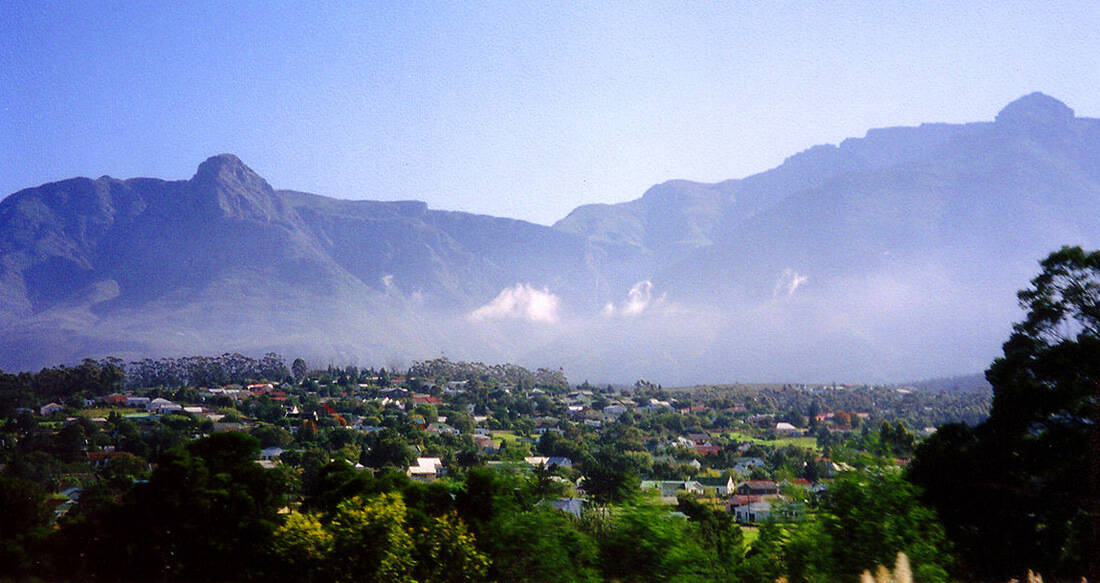
Heading east, Mossel Bay has beautiful beaches and the Bartholomeu Dias Museum complex celebrating the first European landing on South African soil on this spot in 1488.
George, built inland from coast, is the regional center for the Garden Route and has the only major commercial airport in the entire region. The town is home to the impressive Outeniqua Transport (railway) museum as well as a lovely indigenous botanical garden. The town is also centrally located, a perfect base for visiting both the Garden Route as well as the highlights of the Little Karoo: Oudtshoorn, the ostrich farms, and the Cango Caves, all a short drive away via a marvelous mountain pass (the Little Karoo will be covered further below). George is also known for its famous golf courses as well as nearby beaches.
Where we stayed in George: Edenwood Guesthouse. A beautiful property on the edge of town looking up at the mountains. Very tranquil and we spent a lot of time relaxing and playing with the 4 dogs and 4 cats. Recommended (unless you have allergies). A couple of other recommendations: Whispering Oaks Guesthouse and On the Beach (which is on beautiful Wilderness Beach).
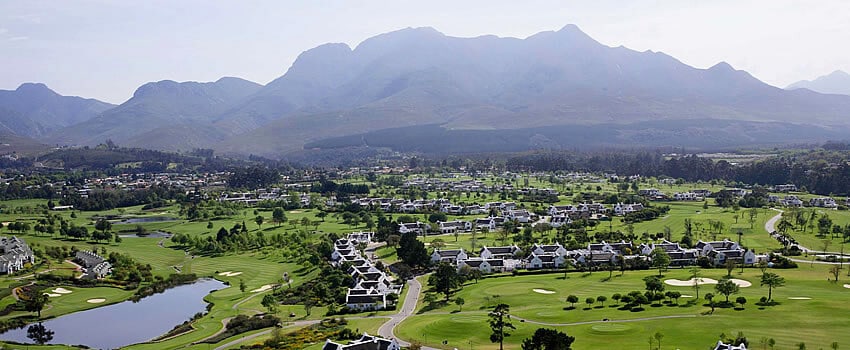
Just outside of George is Wilderness and its vast beach, alongside a series of lakes. This is the ‘Lake District’ – most of the area being a large bird reserve offering tremendous bird watching sites as well as walks through the marshes and into the nearby hills and mountains.
Approaching Knysna, Sedgefield lies at the mouth of the huge Swaartvlei lagoon and is renowned for its fantastic, largely empty beach (pictured below) as well as the coastal Goukamma National Park stretching eastwards towards Buffalo (Buffels) Bay.
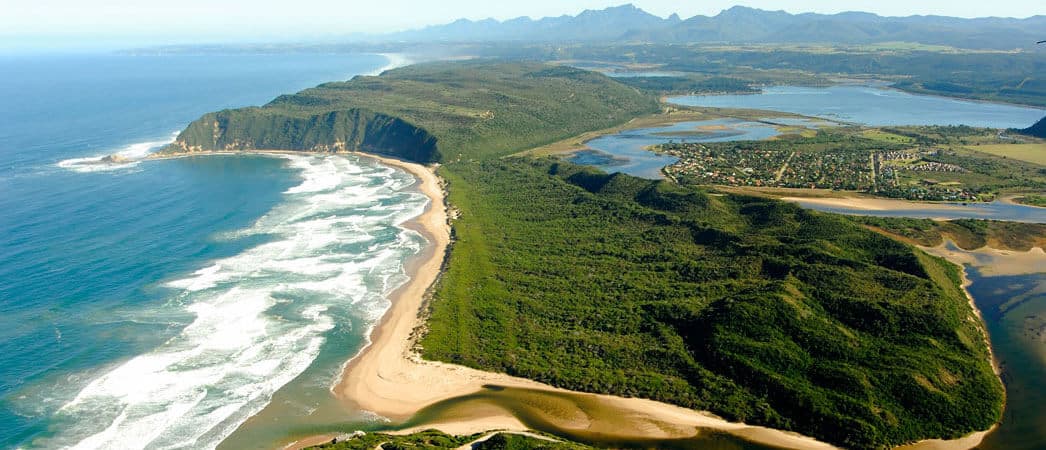
Knysna is considered to be the ‘center’ of the Garden Route, an attractive town situated on a huge lagoon protected from the sea by the Knysna Heads (as the high sandstone cliffs are called). The town offers a wonderful selection of shops, art galleries, restaurants and perhaps the only lively nightlife scene on the Garden Route. Across the lagoon from the town is the Featherbed Natural Reserve – an intact hunk of original coastal bush worth a visit for its wildlife and the spectacular views over the Heads.
Where we stayed: Russel Hotel, centrally located, right in town – nothing fancy but comfortable, great people, and really good breakfasts. Or, a fancier option is The Lofts Boutique Hotel. Beautiful location and great views of the lagoon.
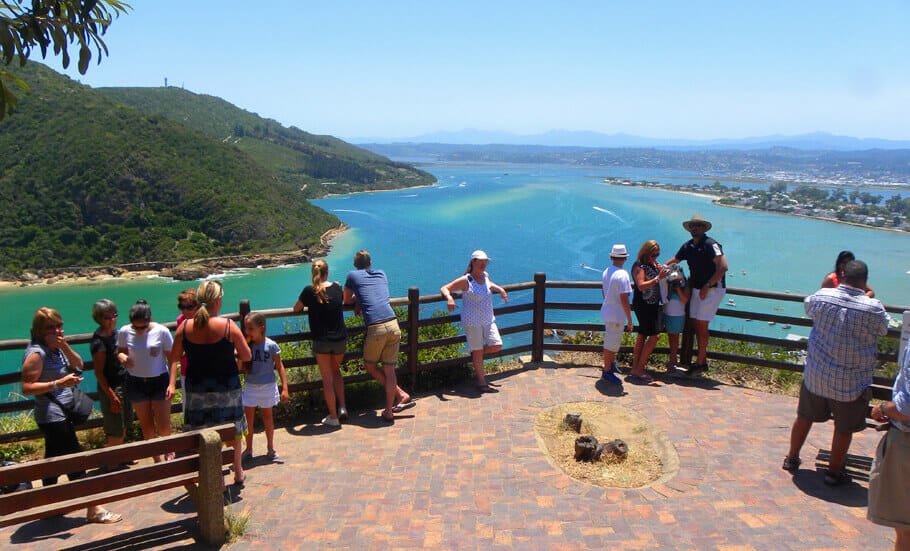
Forests, and various tourist attractions (visit the Garden of Eden for a look and walk through intact indigenous forest) dominate the route to Plettenberg Bay, a chic, upscale resort town overlooking the imposing Robberg Nature Reserve – an incredibly gorgeous and rocky peninsula with fine sand beaches. The town offers a wealth of activities and is a perfect place to pass a few days (providing the wallet can stand the strain!). The area has some of the loveliest beaches in the country; Beacon Isle, Lookout and Keurbooms, all of which will convince you that South African beaches are amongst the most beautiful and best in the world. Plettenberg Bay is the last real town on the Garden Route.
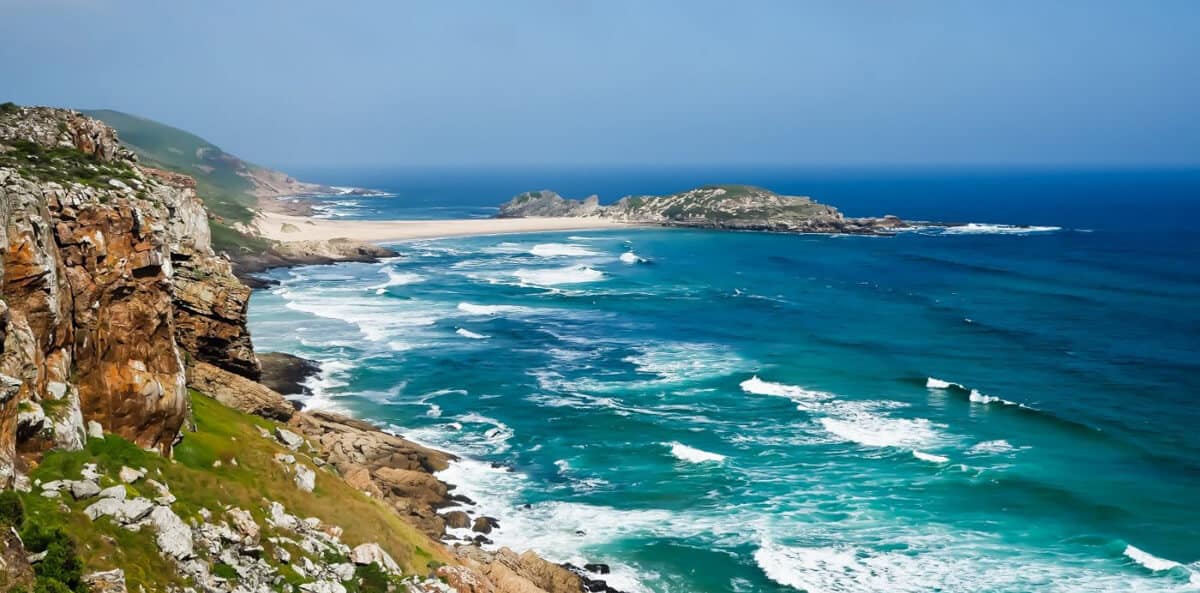
Eastwards through beautiful countryside lies The Crags (named from the sheer rock faces of the Tsitsikamma Mountains). This area has several wildlife attractions: Birds of Eden (the largest free-flight aviary in the world), Elephant Sanctuary (an orphanage for baby and larger elephants that helps reintroduce them back into the wild) and Monkeyland Primate Sanctuary. All are well worth a visit for their up-close contact with animals and the wonderful work they accomplish.
The last stop on the Garden Route is the bridge at Bloukrans River. The bridge is one of the longest and highest concrete arch bridges in the world and has the worlds’ highest bungee jump (214 meters). Bloukrans river also marks the boundary between Western Cape Province and Eastern Cape Province (to be covered in another post).
The Little Karoo
Tired of beaches? The Little Karoo is in close proximity to the Garden Route, a short hop over the coastal mountains. There the geography and climate are very different; the Little Karoo is a semi-desert, marked by tufted grassland, dry-country fynbos, rocky, colourful ‘koppies’ and outcrops, infinite vistas, continual sunny days, torrid dry summers – and often bitterly cold (and even snowy) winters.
Oudtshoorn is the largest town in the Klein Karoo, a big farming, market and regional centre only 50 kms from George over the Outeniqua Pass. Visitors should plan on a minimum 2 day stay here. An attractive town with a great architectural heritage remaining from its boom days, it is still the ‘ostrich capital’ of the world. Many of its old ornate ‘feather palaces’ built by the immensely rich ‘ostrich barons’ are now beautiful B+Bs and boutique hotels. Ostrich farms are only one of the town’s many unique attractions.
Where we stayed in Oudtshoorn: Yamkela Guesthouse. Very comfortable room, has a swimming pool, great breakfast, and the friendliest hosts (Una and Charl) that we’ve ever had the pleasure of meeting. Recommend 100%. If you want to do something really special, stay at the Buffelsdrift Game Lodge which as the name indicates is in a game lodge so you’ll see animals – we came here for dinner and it was fantastic.
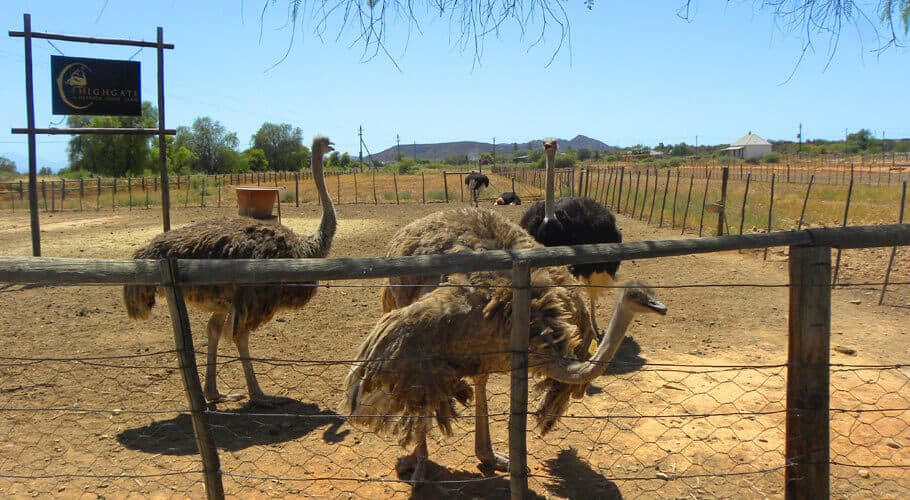
Just 30 kms to the north, in the foothills of the Swartberg range are the stalactite, stalagmite dripping Cango Caves, amongst the largest (and definitely most colourful) cave complexes found anywhere. From vast halls and caverns to narrow crawl spaces, different tours (60 or 90 minute) are offered. A definite ‘must see’. It is one of South Africa’s most visited attractions, pre-booking is essential.
After visiting the Cango Caves, continue along the road (it soon changes to gravel) taking it up and over the 27 kms, 1.580 meter high Swartberg Pass. This pass is one of the great road trips of the country. (The Swartberg Mts are an UNESCO World Heritage Site). On the other side (in the Groot Karoo) is the charming picturesque desert hamlet and oasis of Prince Albert where lunch, tea and scones – or a simple beer – will top out this fantastic trip.

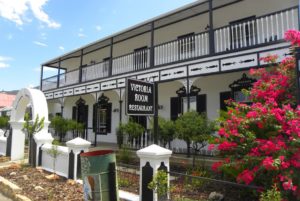
Where we stayed: The Swartberg Hotel. Big beautiful hotel that belongs in another era. Incredibly comfortable, fantastic breakfast. The place to stay in town.
Part of the pleasure in the Little Karoo is to drive the R-62 through rugged, twisted mountains ranges, koppies and rolling countryside. Check out Calizsdorp, 45 kms down the R-62 from Oudsthoorn; a small country village and a lush green oasis in sharp contrast to the surrounding area. It the dried-fruit centre of the country (apricots, dates, prunes, raisins, figs etc) as well as the most easterly of South Africa’s wine producing areas. Its claim to fame is partly its sweet-white wines (Hannepoort – very much an acquired taste) but more importantly its wonderful Ports that are often rated internationally as the best anywhere – even ahead of Portugal’s Douro ports! Further west is Robertson (famous for the Robertson Winery). This is a pretty town with cool shady streets and many picturesque cafés. Close by, Montagu with its historic architecture and numerous B+Bs and restaurants, makes a good overnight stop. Just outside town are the Avalon hot springs . You can also take a ‘Tractor-Trailer” trip up to the summit of the 1.600 meter high Langeberg Mountains. The town is built next to the Cogmans’ Kloof Pass in the coastal mountains, allowing travellers to join the N-2 at Swellendam – incidentally the first town mentioned in this post and the gateway to the Garden Route/Little Karoo region when coming from Cape Town.
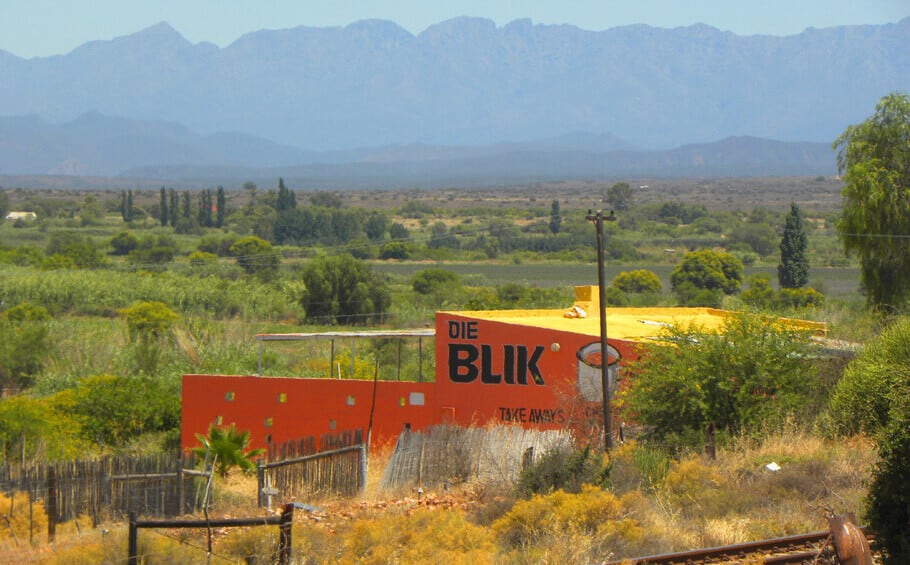
Getting Around
Car Rental. A car is the best way to get around South Africa. I don’t drive much but I felt very comfortable driving in South Africa where the roads are good and the traffic sparse (outside of the major cities). We use Booking.com, they dig up the best prices from all the car rental companies.
Organized Tours: This 2 day Tour from Cape Town includes sightseeing around the Western Cape and a day and night at the Garden Route Game Lodge near Mossel Bay. There you’ll see many of South Africa’s most famous animals. This 6 Day Tour which includes the Addo Safari covers all the highlights of the Garden Route (but not the inland Karoo). Most inexpensive and hassle-free way to explore the region.
Related: Highlights of a visit to South Africa’s ‘Adventure Province’ – Eastern Cape Province
Related: 8 reasons to go to South Africa. And why it is the most Incredible country I’ve visited.
Related: Visiting the Wine Regions of Stellenbosch and Franschhoek
Ps. If you find our blog helpful, please consider using our links to book your flights, hotels, tours, and car rentals. Have a look at our Travel Resources page.


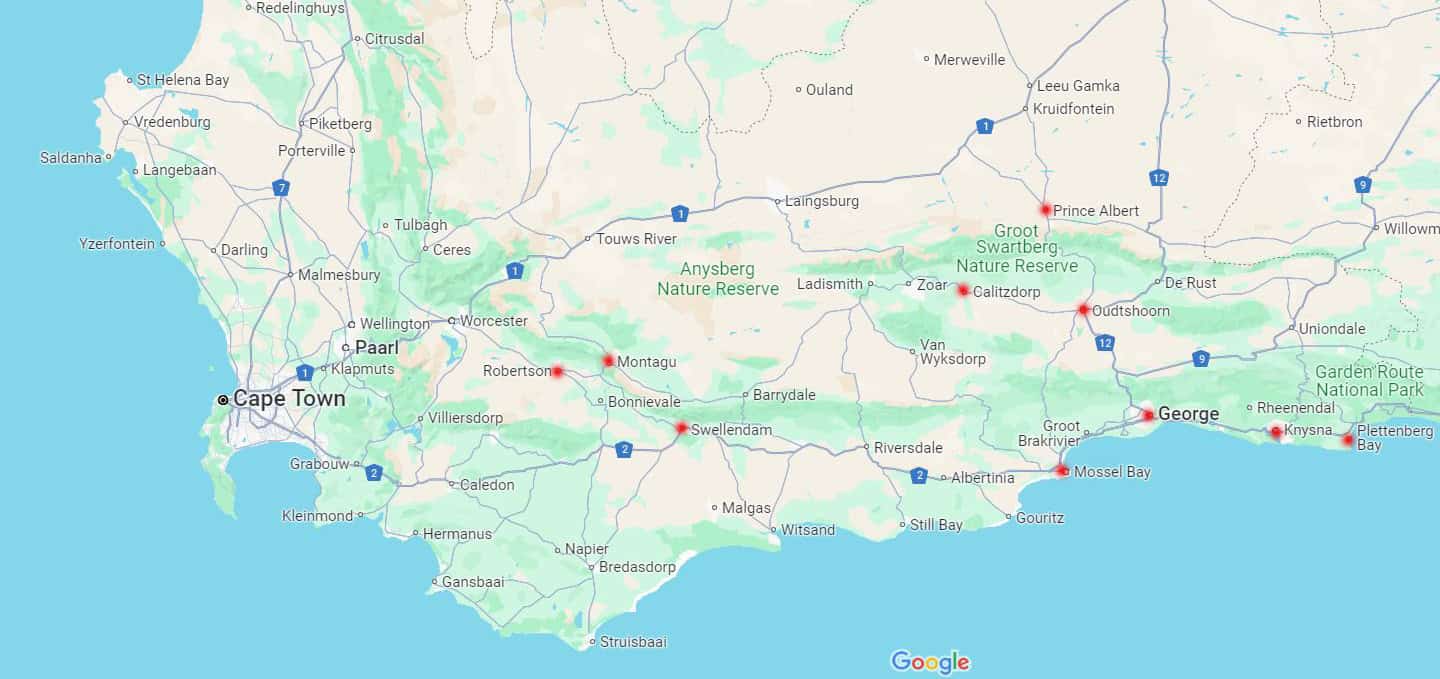
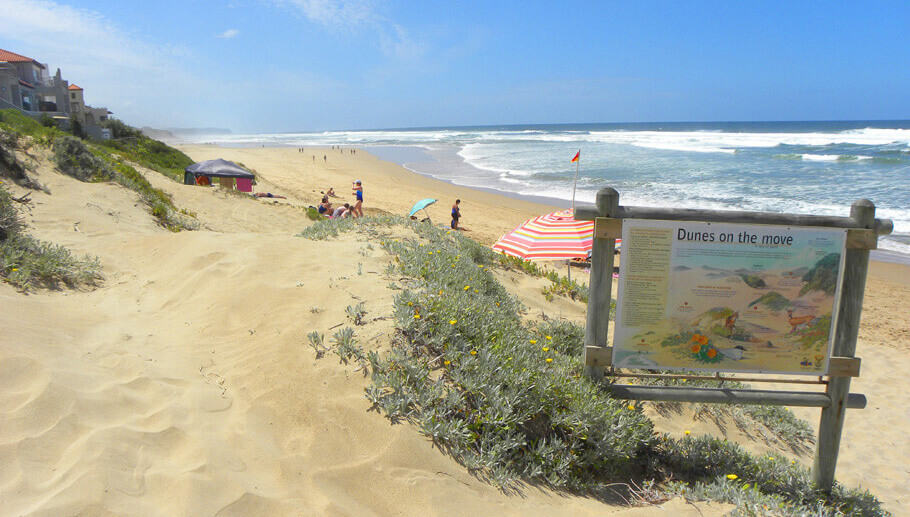
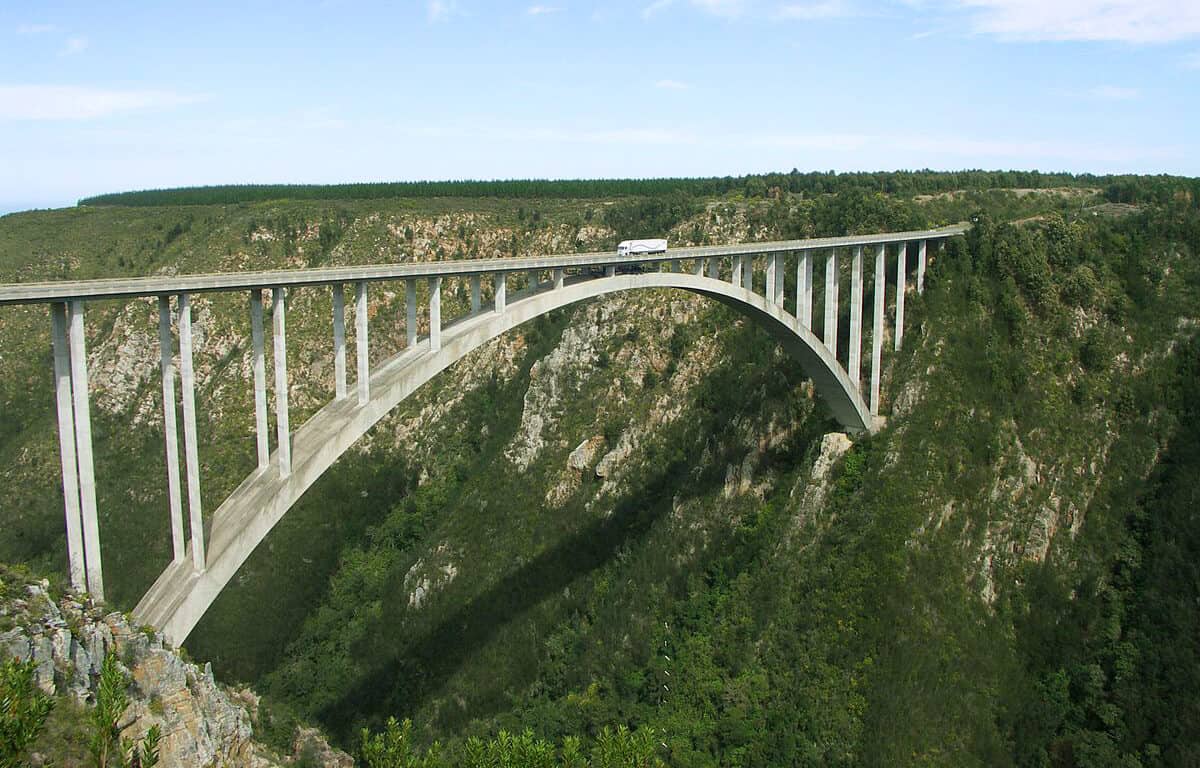


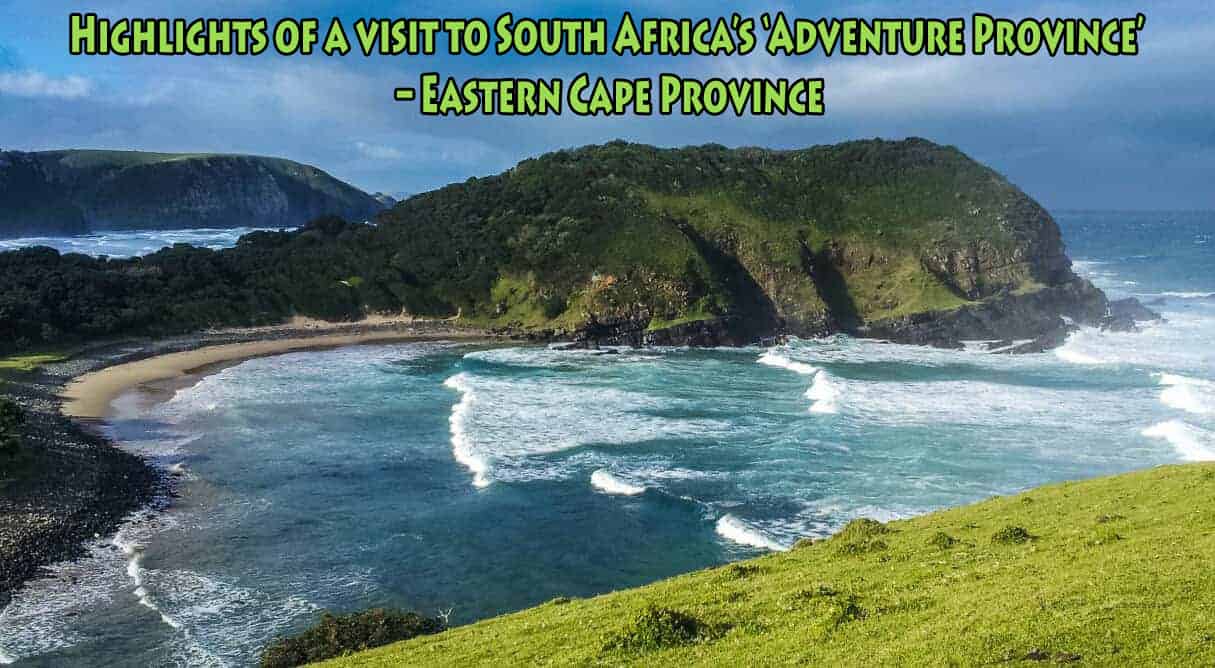
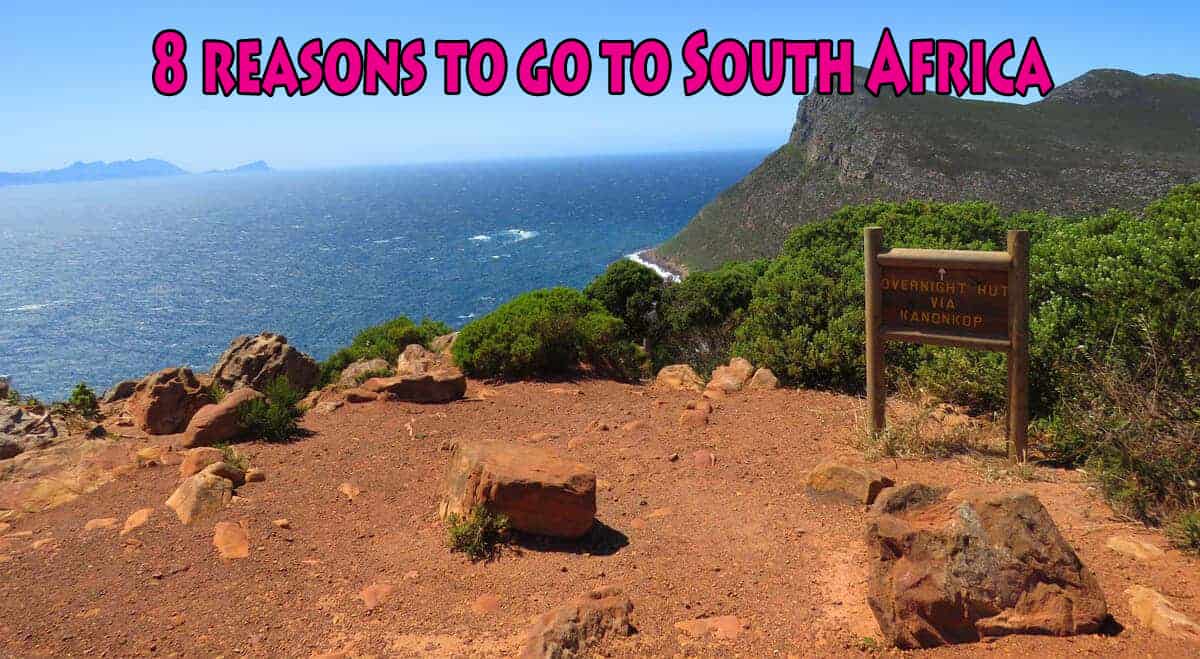
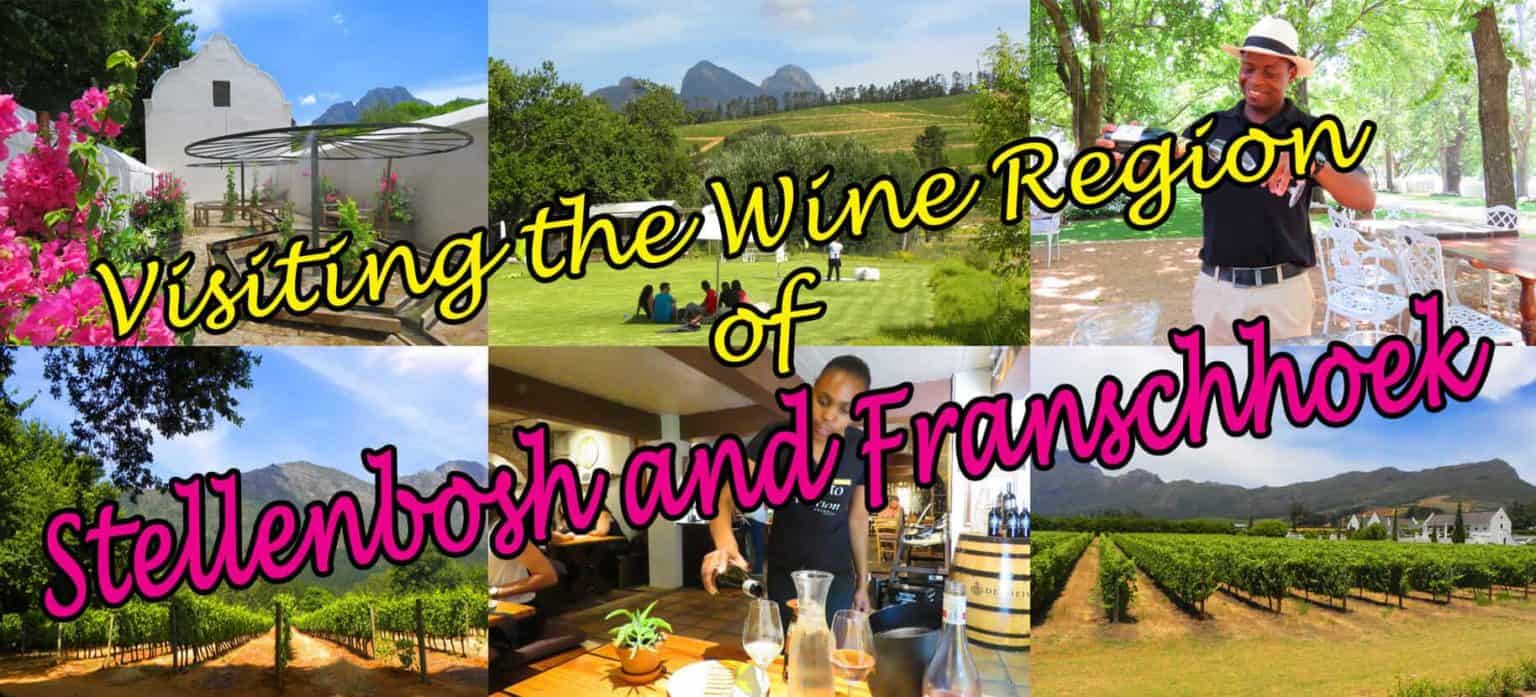
Leave a Reply